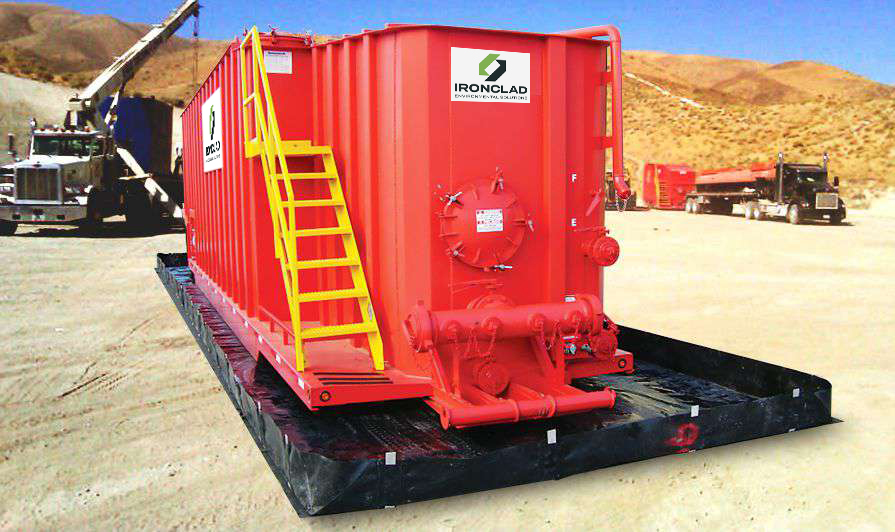Can Your Jobsite Ensure Both Primary And Secondary Spill Containment?
Have you faced difficult situations at your facility or at a fracking site in regards to containing oil, wastewater or flowback spills? Containing oil spills is a common challenge faced by several industry players.
Every year, up to 16 percent of oil and gas wells that were hydraulically fractured had a liquid spill incident. Due to human error or lower quality equipment, the equipment failure at these sites let hazardous material seep into the ground, which adversely affects ecological and marine life balance.
Why should your jobsite have both primary and secondary spill containment?
With stringent laws that prohibit oil spills, it has become more imperative for companies to cover their bases by using a combination of primary and secondary containment measures at oil and natural gas fracking sites, during transportation and at storage facilities.
At times, even the most durable primary containment systems have failed to prevent chemical or oil spills. This is why your secondary containment methods should always be up and running to have a properly prepared site that is ready for any issues that involve your primary spill containment products. If your business is solely dependent on primary containment products, you run a greater risk of spills, litigation and damages.
In addition to being an eco-friendly measure compared to methods like absorbent kits which can’t be reused or disposed of, installing both primary and secondary oil containment measures is cheaper than the clean-up process after a spill.
Types of primary containment
Primary containment methods involve the use of a container that is in direct contact with the oil or liquid and is used generally for storage. You can store oil and other industrial fluids in primary containers, depending on the type of liquid you need to store.
- Drums
- Polyethylene or PVC lined drums are usually used to store strong acids or bases, while metal drums made of aluminum, nickel or stainless steel are used to store more dangerous material. Single-walled drums help contain less active gases like nitrogen.
- Totes
- Totes are reusable intermediate bulk containers (IBCs) that store larger quantities of liquids than drums. They are useful for simpler inventory control and come with discharge valves, so you don’t have to use pumps.
- Oil Tanks
- Large oil tanks offer durable storage of industrial liquid and can range from light commercial tanks to industrial ones.
Types of secondary containment
In case your primary containment drum or tank contains a hazardous substance, the EPA requires you to implement a secondary containment system.
Secondary containment is an additional (secondary) layer of containment. These products are used to limit spillage from primary containment methods should you need it. This type of containment is essential in minimizing the damage caused to the surrounding area, and also helps your site be fully prepared if a spill happens.
Containment Pallets and Decks
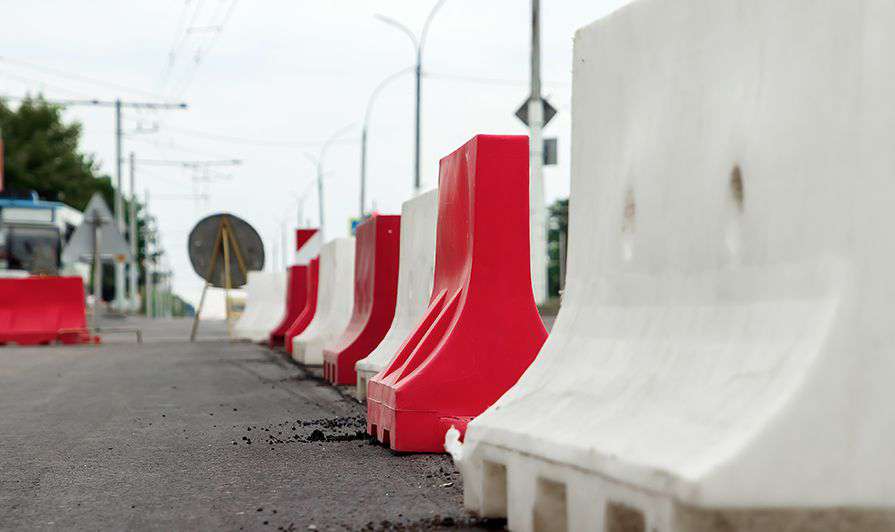
During minor oil spills, a containment pallet ensures that spillage gets accumulated in the cesspit below, which absorbs grease, hydrocarbons, and oil to help keep the runoff or surrounding area clean.
Flexible Barriers
When you install a flexible barrier, your cart or vehicle can drive over it. Since the foam is soft and flexible, it returns back to its original shape after the weight is removed. This is an effective type of secondary containment when you don’t want the driver or your employees to take time setting up the containment barrier.
Berms
A berm is a wall or a barrier to secure an area permanently. Berms made of cement or concrete let you secure primary containment structures like oil tanks, and provide extra strength. These safety berms ensure there is no accidental spill outside the berm area.
You can also use portable spill containment berms under frac tanks, trailers and other equipment to prevent spillage at project sites. These berms are puncture resistant and are tough enough to withstand chemicals and UV rays.
Slopes
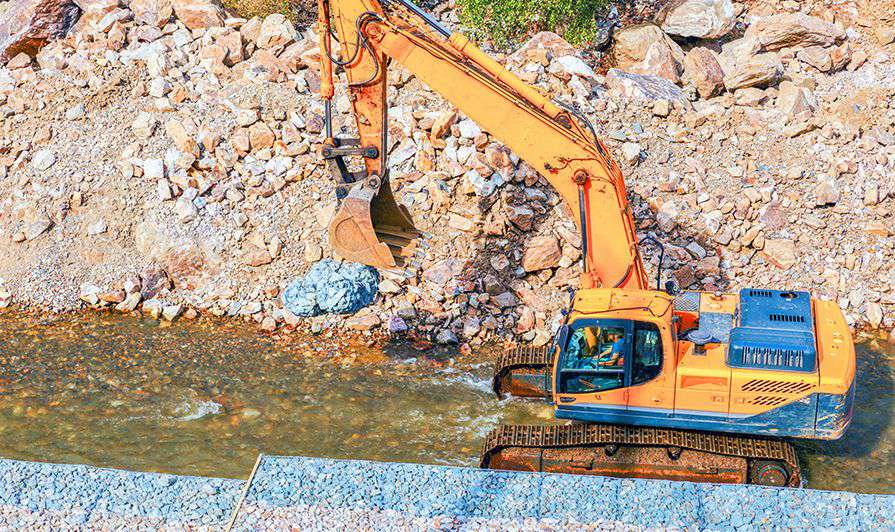
When you construct a slope, it helps create an efficient secondary containment area that lets workers collect spills quickly, especially in emergencies. It also assists in removing traces of oil or other pollutants from stormwater. Creating slopes or grading is effective in parking lots or inside facilities.
Retention Ponds
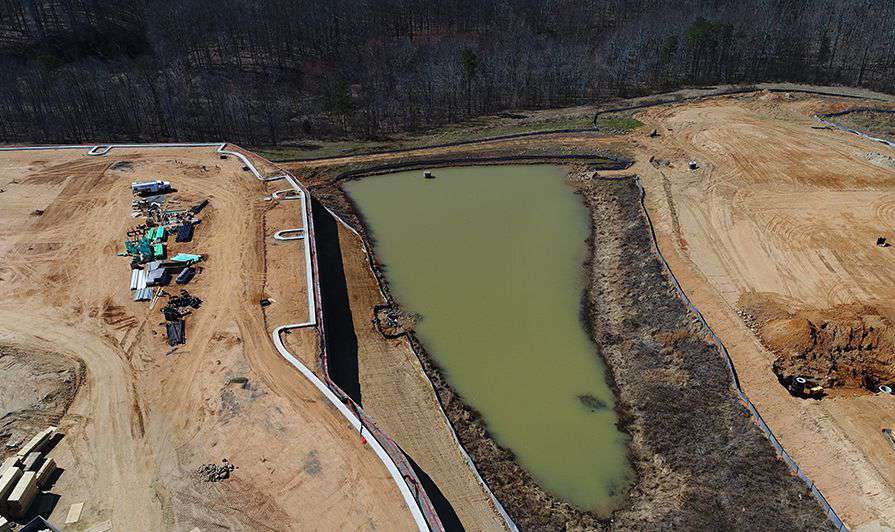
Retention ponds are best management practice for stormwater compliance and serve as a secondary containment area for spills within or outside a facility. Some oil spill situations might call for building earthen retention ponds or lined ones to prevent the pollutants or hazardous chemicals from leaching into the environment.
Double-Walled Tanks and Equipment
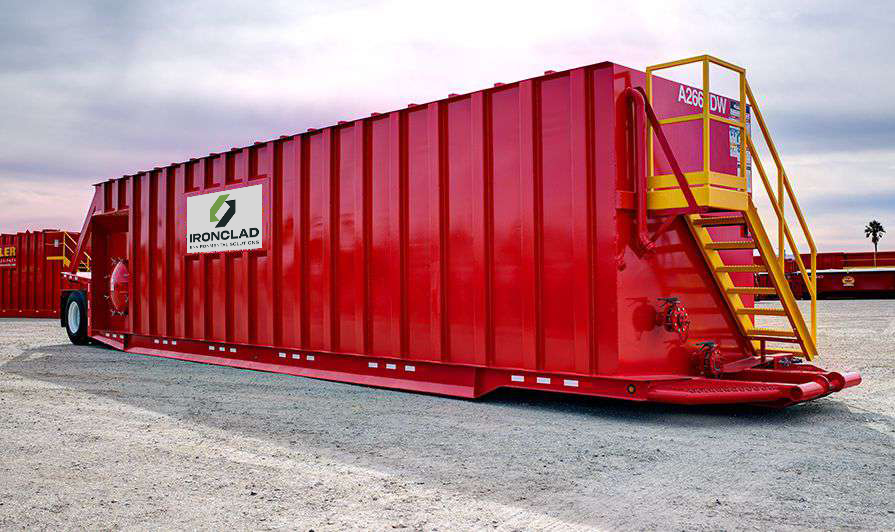
Tanks and other equipment filled with liquid often have double walls to ensure that if the liquid leaks through the first wall, the second wall will prevent it from being released into the environment. Some tanks and equipment even have alarms or gauges which go off if the inner wall has been breached.
Collapsible Containment
If you have mobile secondary containment needs, a collapsible one will fit this requirement. These containment berms have walls that can be collapsed or folded and allow vehicles to come in and go out. You can also fold and store them when not in use.
Our exclusive range of liquid storage tanks and portable spill containment products tailor-made to suit various industries like oil and gas, construction, airports, pipeline, refineries, and shipyards. We have delivered spill containment solutions to clients around-the-clock and have a reputation for rapid delivery in emergency situations.
Get in touch and speak to experts who can guide you to the right containment measures that can prevent spills successfully. Contact us to learn more about containment products or request a quote.
